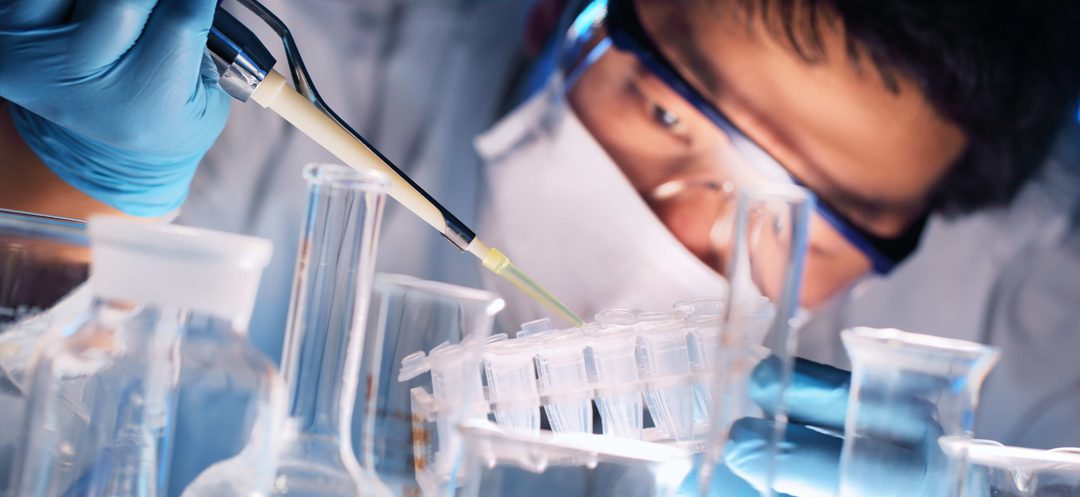Laboratory Screening And Confirmation – Defined

Screening
Screening refers to a preliminary test that yields a qualitative “Positive or Negative” result. Screening can be conducted with a rapid test or using laboratory instrumentation (EIA, EMIT). Both rapid tests and lab screens use the same testing technology, called immunoassay technology. Screening technology is non-specific in that it does not differentiate among the drug class. For example, a positive OPIATE result only indicates that there is some opiate present. It does not indicate whether it is hydrocodone (vicodin), codeine (Tylenol 3), heroin, or a combination of these.
Confirmation
Confirmation testing utilizes high complexity instrumentation that yields a definite and specific result. Best practice for confirmation testing involves using either a GC/MS or
LC-MS/MS. The results of a confirmation test provide an absolute and definite result that indicates the specific drug/compound present in the urine or oral fluid sample. Premier Biotech utilizes all LC-MS/MS instrumentation for confirmation testing which is considered to be the platinum standard. LC-MS/MS results are also defensible in court.
Risks Of Re-Screening VS. Going Straight To Mass Spectrometry
Best practice confirmation protocol involves all positive screens are confirmed using highly complex mass spectrometry (GC/MS or LC-MS/MS). The initial screen can be a rapid (onsite) test or a laboratory screen (EIA/EMIT) as both utilize the same technology. However, many labs protocol involves re-screening all samples that come into the lab for confirmation testing prior to specimen going on the mass spec. While this workflow can save the laboratory money, there are several significant disadvantages of this protocol .
The first is that many samples arriving for confirmation testing have already been testing using rapid/onsite (POCT) devices which have yielded a preliminary and qualitative positive result. Holding the sample for re-screening instead of having it go straight onto the GC/MS or LC-MS/MS can delay turnaround time. Furthermore, the re-screen on the laboratory EMIT or EIA does not provide any additional information and essentially is doing the exact same testing already conducted with the rapid/onsite (POCT) device.
The second significant disadvantage is that customers need to ensure they are aware of laboratory cut-off levels for re-screening. For example, if a customer is testing onsite using a cup with buprenorphine at 5ng/mL and it is sent to the lab and re-screened at 10ng/mL prior to going on the mass spec, there is significant potential for a false negative result. Best practice should always require laboratory confirmation testing cut-offs to be lower and more sensitive than the onsite devices.
In this case, if the lab re-screen is not sensitive enough, the result could appear negative, when in fact there is drug present but below the EIA/EMIT cut-off. As a result, the specimen never goes to GC/MS or LC-MS/MS and drug use/abuse goes undetected and unconfirmed.
We strongly encourage all customers to ensure they are aware of the laboratory testing protocol, and understand what they are getting and what is happening with the sample when it arrives to the lab. Contact us to request consultation around confirmation testing best practices.
